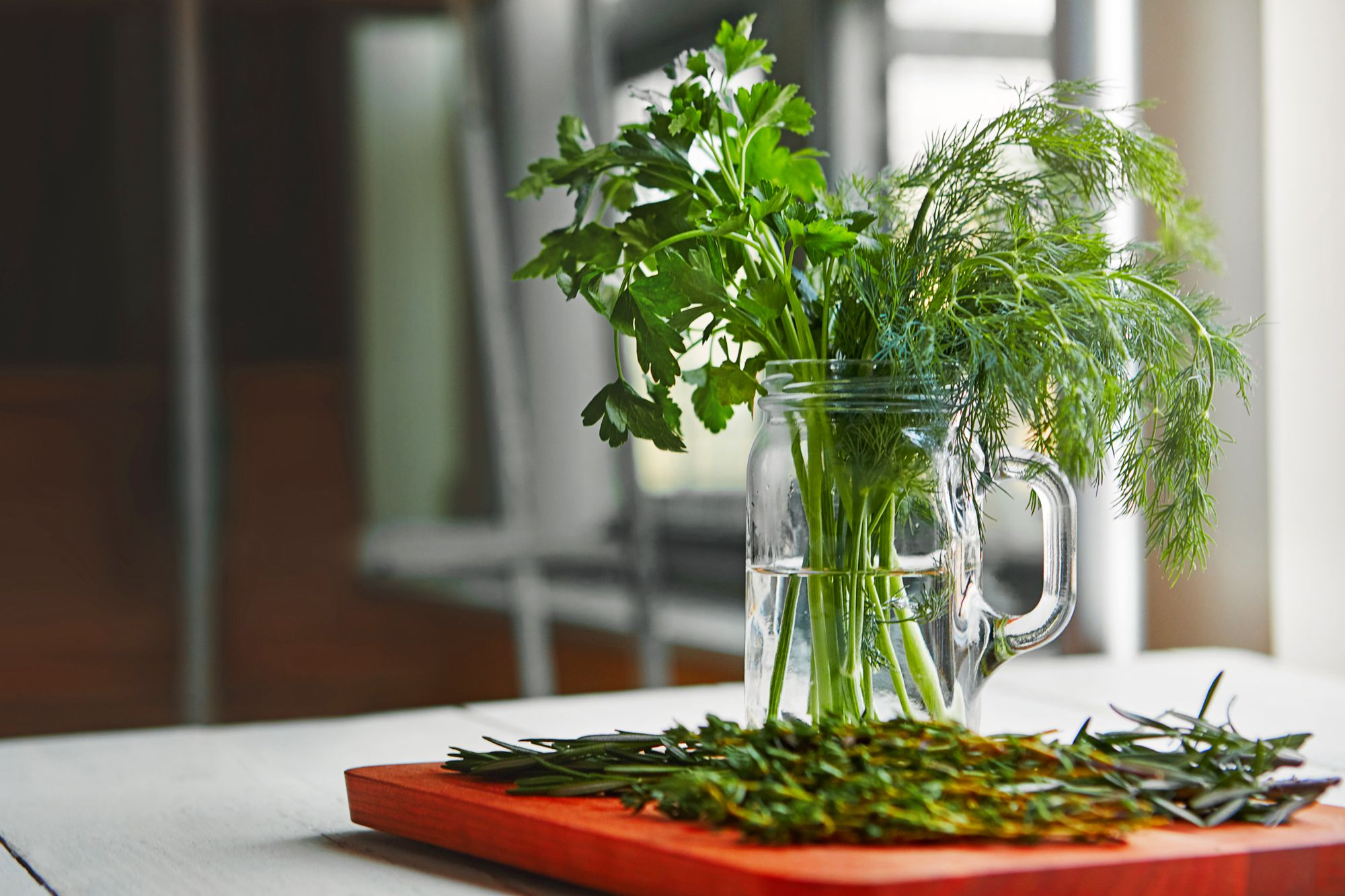

Articles
How To Store Fresh Herbs From Garden
Modified: January 6, 2024
Learn the best methods to store your fresh herbs from the garden with these helpful articles. Keep your herbs tasting their best for longer periods of time!
(Many of the links in this article redirect to a specific reviewed product. Your purchase of these products through affiliate links helps to generate commission for Storables.com, at no extra cost. Learn more)
Introduction
Have you ever found yourself with an abundance of fresh herbs from your garden and wondered how to preserve them for later use? Whether you have a green thumb or just enjoy cooking with fresh ingredients, knowing how to store fresh herbs properly can ensure that you have a supply of flavorful and aromatic herbs available all year round.
Picking and using fresh herbs straight from the garden can be a delightful experience. The fragrance and taste of herbs like basil, rosemary, thyme, and parsley can elevate any dish to new heights. However, fresh herbs have a limited shelf life, and if not stored properly, they can quickly wilt, lose their flavor, and turn into a wasted resource.
By following a few simple techniques and methods, you can extend the life of your fresh herbs and preserve their flavor, aroma, and nutritional value. In this article, we will explore the different methods of storing fresh herbs, including refrigeration, freezing, and drying, along with some tips to ensure the best results.
So, let’s delve into the world of herb preservation and discover how you can make the most of your garden’s harvest!
Key Takeaways:
- Preserve the vibrant flavors of your garden-fresh herbs by mastering the art of proper storage. From refrigerator to freezing and drying, explore the best methods to savor the essence of herbs all year round.
- Handle your herbs with care, remove excess moisture, and store them in airtight containers to maintain their freshness. Label, date, and rotate your herb collection for a delightful culinary experience with perfectly preserved herbs.
Read more: How To Store Fresh Cut Herbs
Picking and Cleaning Fresh Herbs
Before you can store fresh herbs, it is important to properly pick and clean them. This ensures that you start the preservation process with the freshest and cleanest herbs possible.
When it comes to picking fresh herbs, it is best to do so in the morning, after the dew has dried but before the sun is at its peak. This is when the essential oils in the herbs are at their highest concentration, resulting in the best flavor and aroma.
To pick the herbs, use a pair of sharp scissors or pruners. Trim the stems near the base of the plant, taking care not to remove too many leaves at once. It is recommended to pick only the amount of herbs that you intend to use or store immediately, as the herbs start to lose their freshness soon after being harvested.
Once you have picked your fresh herbs, it is crucial to give them a thorough cleaning. Start by gently rinsing the herbs under cold running water to remove any dirt, debris, or insects. If the herbs are particularly dirty, you can fill a large bowl with water and swish the herbs around to dislodge any stubborn particles.
After rinsing, place the herbs on a clean kitchen towel or paper towels to dry. Gently pat them dry without crushing or bruising the leaves. It is important to ensure that the herbs are completely dry before proceeding with the storage methods, as any excess moisture can lead to mold or spoilage.
Now that your fresh herbs are clean and dry, you are ready to explore the different methods of storing them. Let’s dive in and discover how to make those vibrant flavors last longer!
Different Methods of Storing Fresh Herbs
When it comes to storing fresh herbs, there are a few different methods you can choose from, depending on your preferences and the specific herbs you are working with. Each method offers its own benefits and is suitable for different culinary uses.
Here are three popular methods for storing fresh herbs:
- Method 1: Refrigerator Storage
- Method 2: Freezing Herbs
- Method 3: Drying Herbs
Refrigerator storage is a simple and convenient way to keep fresh herbs fresh for a short period of time. To store herbs in the refrigerator, start by trimming the ends of the stems and placing them in a glass of water, similar to how you would arrange a bouquet of flowers. Cover the herbs loosely with a plastic bag to retain moisture and prevent wilting.
Alternatively, you can also wrap the herbs in a damp paper towel and place them in an airtight container or resealable plastic bag. Make sure to label the container with the name and date of the herbs.
Freezing is a popular method for preserving fresh herbs for a longer period of time while retaining their flavor and aroma. Start by washing and drying the herbs thoroughly. Then, either chop the herbs finely or keep them in whole sprigs, depending on your preference.
Next, transfer the herbs to ice cube trays and cover them with water or olive oil. This helps to protect the herbs from freezer burn and preserves their freshness. Once frozen, transfer the herb-filled cubes to a freezer-safe bag or container for easy storage. You can easily add these frozen herb cubes to soups, stews, sauces, or any other dishes straight from the freezer.
Drying herbs is a traditional and effective method of preserving them for long-term storage. There are several ways to dry herbs: air drying, oven drying, and using a food dehydrator.
For air drying, gather a small bunch of herbs and tie the stems together with a string or rubber band. Hang the herbs upside down in a cool, dry place with good airflow, such as a well-ventilated room or a shaded area outdoors. Allow the herbs to dry completely, which usually takes around 1 to 2 weeks.
If you prefer to use an oven or dehydrator, spread the herbs in a single layer on a baking sheet or dehydrator tray. Set the temperature to the lowest setting and leave the herbs to dry for several hours, checking regularly to avoid over-drying.
Each of these methods offers a way to store fresh herbs based on your needs and preferences. Now that you know the different options, let’s explore some tips to ensure the best storage practices for your herbs!
Method 1: Refrigerator Storage
Refrigerator storage is a convenient method for keeping fresh herbs fresh for a short period of time. It is ideal if you plan to use the herbs within a few days to a week. Here’s how you can store fresh herbs in the refrigerator:
- Trimming the Herbs: Start by trimming the ends of the herb stems. Remove any discolored or wilted leaves. This helps in maintaining the freshness and overall appearance of the herbs.
- Water Method: Fill a glass partially with water, similar to how you would arrange a bouquet of flowers. Place the herb stems in the glass, making sure the cut ends are submerged in water. This helps to keep the herbs hydrated and maintain their freshness.
- Plastic Bag Method: If you prefer not to use water, you can wrap the herbs loosely in a damp paper towel and place them inside a resealable plastic bag. The damp paper towel adds moisture, while the bag helps to retain it, creating a humid environment that keeps the herbs from drying out.
- Labeling and Storage: Once you have arranged the herbs in water or wrapped them in a damp paper towel and placed them in a bag, it is a good practice to label the container with the name and date of the herb. This helps you keep track of the herbs and ensures their freshness.
- Replenishing Water: If you are using the water method, check the glass daily and replenish the water as needed to ensure the cut ends of the herb stems are always submerged. This prevents the herbs from drying out and extends their shelf life.
- Location in the Refrigerator: Store the herbs in the refrigerator in a cool spot, such as the vegetable drawer or on a shelf away from direct airflow. This helps to maintain a consistent temperature and prevents the herbs from wilting.
Using the refrigerator storage method, you can keep herbs like parsley, cilantro, basil, and mint fresh for up to a week. Remember to check the herbs regularly and discard any that show signs of spoilage or wilting.
Now that you know how to store fresh herbs in the refrigerator, let’s explore another method of preserving herbs – freezing!
To store fresh herbs from the garden, trim the stems and place them in a glass of water, cover with a plastic bag, and store in the refrigerator. Change the water every few days to keep them fresh.
Method 2: Freezing Herbs
Freezing herbs is a great method for preserving their flavor and aroma for an extended period. It allows you to have a supply of fresh herbs even when they are out of season. Here’s a step-by-step guide on how to freeze herbs:
- Washing and Drying: Start by washing the herbs thoroughly under cold running water to remove any dirt or debris. Gently pat them dry with a kitchen towel or paper towels to remove excess moisture. Make sure the herbs are completely dry before proceeding.
- Chopping or Leaving Whole: Decide whether you want to freeze the herbs chopped or leave them as whole sprigs. Some herbs, like basil and mint, freeze better when chopped, while others, like rosemary and thyme, can be frozen as whole sprigs.
- Ice Cube Tray Method: If you choose to chop the herbs, fill an ice cube tray with the chopped herbs, filling each compartment about two-thirds full. Then, fill each compartment with water or olive oil, making sure the herbs are fully submerged. This will help prevent freezer burn and preserve the freshness of the herbs.
- Freezing the Herb Cubes: Place the filled ice cube tray in the freezer and allow the herbs to freeze completely. This usually takes several hours. Once frozen, remove the herb cubes from the tray and transfer them to a freezer-safe bag or container. Label the bag or container with the herb name and date for easy identification later.
- Bag or Container Method: Alternatively, you can also place the chopped herbs in a sealable plastic bag and flatten the bag to create a thin layer of herbs. Remove any excess air from the bag before sealing it. This method is suitable for herbs that you are likely to use in larger quantities, as you can easily break off small pieces as needed.
- Using Frozen Herbs: When you need to use the frozen herbs, simply remove the desired amount of herb cubes from the freezer or break off the required portion from the flattened bag. Add them directly to soups, stews, sauces, or other dishes during cooking. Freezing the herbs preserves their flavor, and they can be used in recipes without the need for defrosting.
By freezing herbs, you can enjoy the taste and aroma of fresh herbs all year round. Freezing works well for herbs like basil, cilantro, dill, and parsley. However, keep in mind that the texture of some herbs may change after freezing, so they are best used in cooked dishes rather than as garnishes or in salads.
Now that you know how to freeze herbs, let’s explore another method of preserving herbs – drying!
Read more: How To Store Fresh Herbs Long Term
Method 3: Drying Herbs
Drying herbs is a traditional and effective method of preserving them for long-term storage. It allows you to enjoy the flavors and aromas of your favorite herbs even when they are out of season. Here’s a step-by-step guide on how to dry herbs:
- Air Drying: Air drying is the most straightforward method of drying herbs. Begin by gathering a small bunch of herbs and tying the stems together with a string or rubber band. Make sure to remove any damaged or discolored leaves.
- Hanging the Herbs: Find a cool, dry place with good airflow, such as a well-ventilated room or a shaded area outdoors. Hang the herb bundles upside down, ensuring they are not crowded and have enough space around them for proper airflow.
- Protecting the Herbs: Place a paper bag or cheesecloth over the herb bundles loosely. This protects them from dust and debris while allowing proper air circulation. It also helps to retain the herbs’ natural oils, enhancing their flavor.
- Waiting for the Herbs to Dry: Leave the herbs to dry for about 1 to 2 weeks, or until the leaves feel crisp and crumble easily between your fingers. This duration may vary depending on the herb and the drying conditions.
- Storing the Dried Herbs: Once the herbs are completely dry, remove the leaves from the stems by gently stripping them with your fingers or using a clean, dry cloth. Store the dried leaves in airtight containers, such as glass jars or resealable bags, and label them with the herb name and date.
- Oven Drying: If you need to dry herbs quickly or live in a humid climate, you can use an oven to speed up the drying process. Spread the herbs in a single layer on a baking sheet and place them in an oven set to the lowest temperature possible (around 100-120°F or 38-49°C). Prop the oven door open slightly to allow moisture to escape and promote airflow. Check the herbs regularly and remove them once they are dry and brittle.
- Using Dried Herbs: To use dried herbs in your recipes, simply crush or crumble the dried leaves between your fingers or use a mortar and pestle. You can add the dried herbs directly to soups, stews, marinades, and other dishes during cooking. Keep in mind that dried herbs are more potent than fresh ones, so use them in smaller quantities and adjust according to taste.
By drying herbs, you can preserve the flavors and aromas of herbs like rosemary, thyme, oregano, and sage. Dried herbs can be used in a variety of dishes and are especially great for long-simmered recipes.
Now that you know how to dry herbs, let’s move on to some tips for proper herb storage!
Tips for Proper Herb Storage
Proper herb storage is essential to maintain the flavor, aroma, and nutritional value of your herbs. Here are some tips to help you store your herbs effectively:
- Choose Fresh and Healthy Herbs: Select fresh herbs from your garden or purchase them from a reliable source. Choose herbs that are vibrant in color, with crisp leaves and strong aromas. Avoid herbs with wilted or discolored leaves, as they will not store well.
- Handle with Care: Handle your herbs gently to avoid bruising or crushing the leaves. This helps to preserve their texture and flavor. Remember, herbs are delicate and can easily lose their potency if mishandled.
- Remove Excess Moisture: Before storing your herbs, ensure that they are completely dry. Excess moisture can lead to mold and spoilage. Give your herbs a gentle pat dry using a kitchen towel or paper towels before storing them.
- Store Herbs Whole: It’s best to store herbs as whole leaves or sprigs whenever possible. This helps to preserve their flavor and aroma. Crush or crumble the herbs just before using them to maximize their freshness.
- Use Airtight Containers: Store your herbs in airtight containers such as glass jars, resealable bags, or vacuum-sealed bags. This helps to maintain their freshness and protects them from moisture, light, and air, which can degrade the quality of the herbs.
- Label and Date: Label your herb containers with the herb name and date of storage. This makes it easy to identify the herbs and track their freshness. Proper labeling ensures that you use the oldest herbs first and maintain an organized herb collection.
- Store in the Right Location: Store your herbs in a cool, dry place away from direct sunlight and heat. Sunlight and heat can cause herbs to lose their color, flavor, and potency. Avoid storing herbs near the stove, oven, or any other heat source.
- Regularly Check and Rotate: Regularly check on your stored herbs and discard any that show signs of mold, discoloration, or strong odors. It is also a good practice to rotate your herb collection, using the older herbs first before reaching for the fresher ones.
- Grow Your Own Herbs: Consider growing your own herb garden. This ensures a fresh supply of herbs whenever you need them and allows you to pick and use them at their peak. Plus, there’s nothing quite like the satisfaction of harvesting and using homegrown herbs.
By following these tips, you can extend the shelf life of your herbs and enjoy their flavors and aromas well beyond the harvest season.
With the knowledge of proper herb storage techniques, you can make the most of your garden’s bounty and savor the delightful flavors and aromas of fresh herbs in your cooking.
Now, with these storage methods and tips in mind, you can confidently preserve and store your fresh herbs for future culinary adventures!
Conclusion
Properly storing fresh herbs is essential for preserving their flavor, aroma, and nutritional value. Whether you have an abundance of herbs from your garden or want to extend the life of store-bought herbs, knowing the right storage methods can make a significant difference.
In this article, we explored three popular methods of storing fresh herbs: refrigerator storage, freezing, and drying. Each method offers its own benefits and is suitable for different culinary uses. Refrigerator storage is ideal for short-term preservation, while freezing and drying allow you to enjoy the flavors of your favorite herbs all year round.
When storing herbs, it is crucial to handle them with care, remove excess moisture, and store them in airtight containers in a cool, dry place. Proper labeling and regular checking of your herb collection ensure that you use the herbs before they lose their freshness.
Remember, when it comes to herbs, freshness is key. Picking herbs at the peak of their flavor, cleaning them properly, and storing them correctly will result in the best quality herbs for your culinary creations.
So whether you’re cooking up a delicious pasta dish, roasting vegetables, or brewing a comforting herbal tea, having perfectly stored fresh herbs at your disposal will elevate your dishes to new culinary heights.
Now that you have the knowledge and techniques for storing fresh herbs, it’s time to experiment, get creative, and enjoy the wonderful flavors and aromas that herbs bring to your cooking. Happy herb storage and happy cooking!
Frequently Asked Questions about How To Store Fresh Herbs From Garden
Was this page helpful?
At Storables.com, we guarantee accurate and reliable information. Our content, validated by Expert Board Contributors, is crafted following stringent Editorial Policies. We're committed to providing you with well-researched, expert-backed insights for all your informational needs.
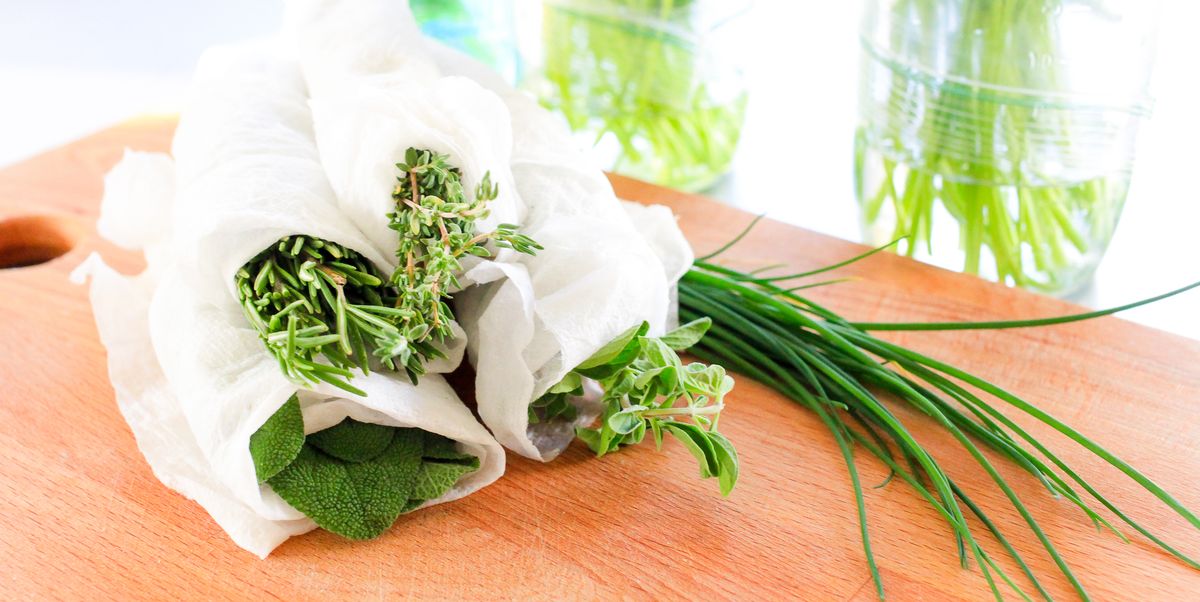
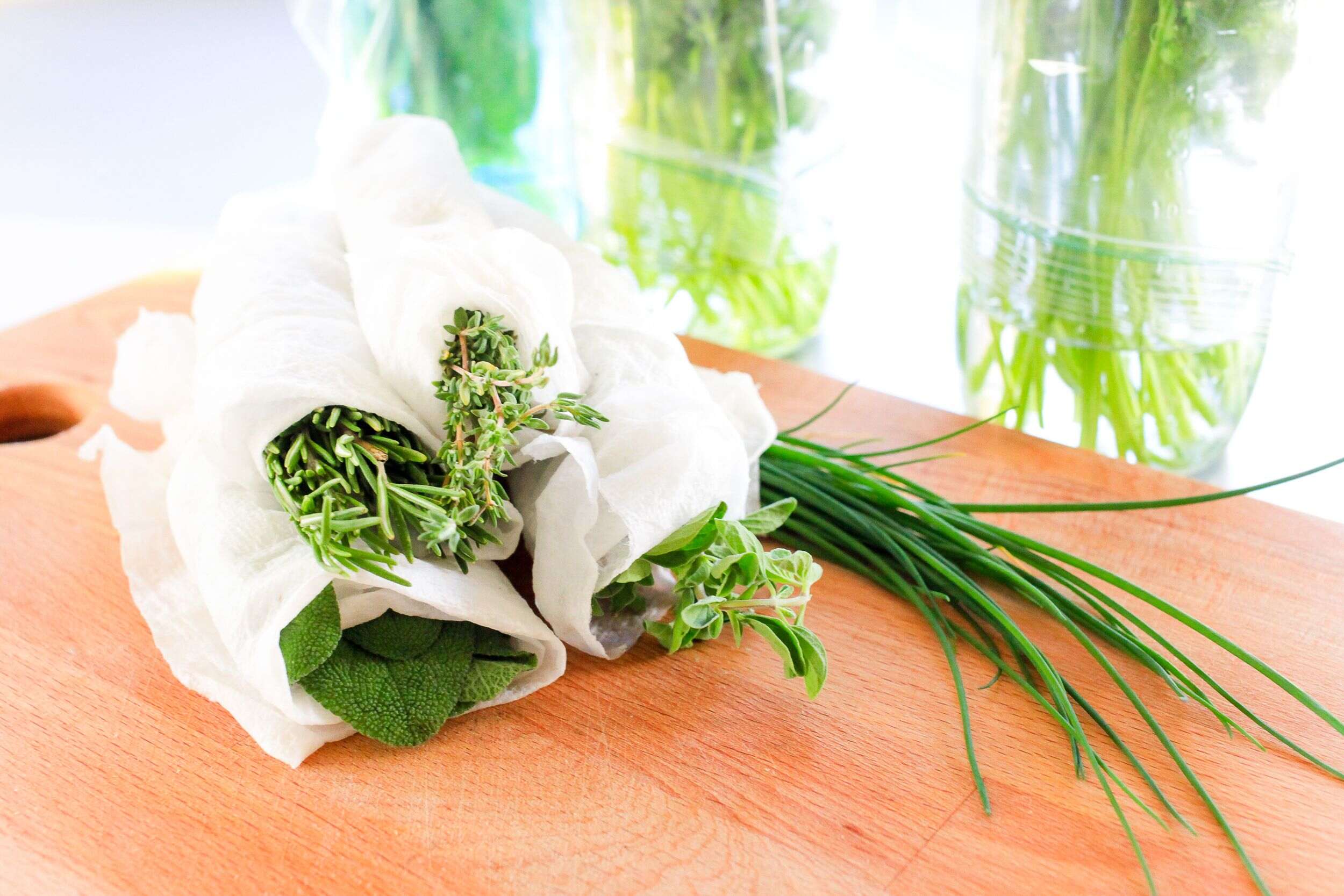
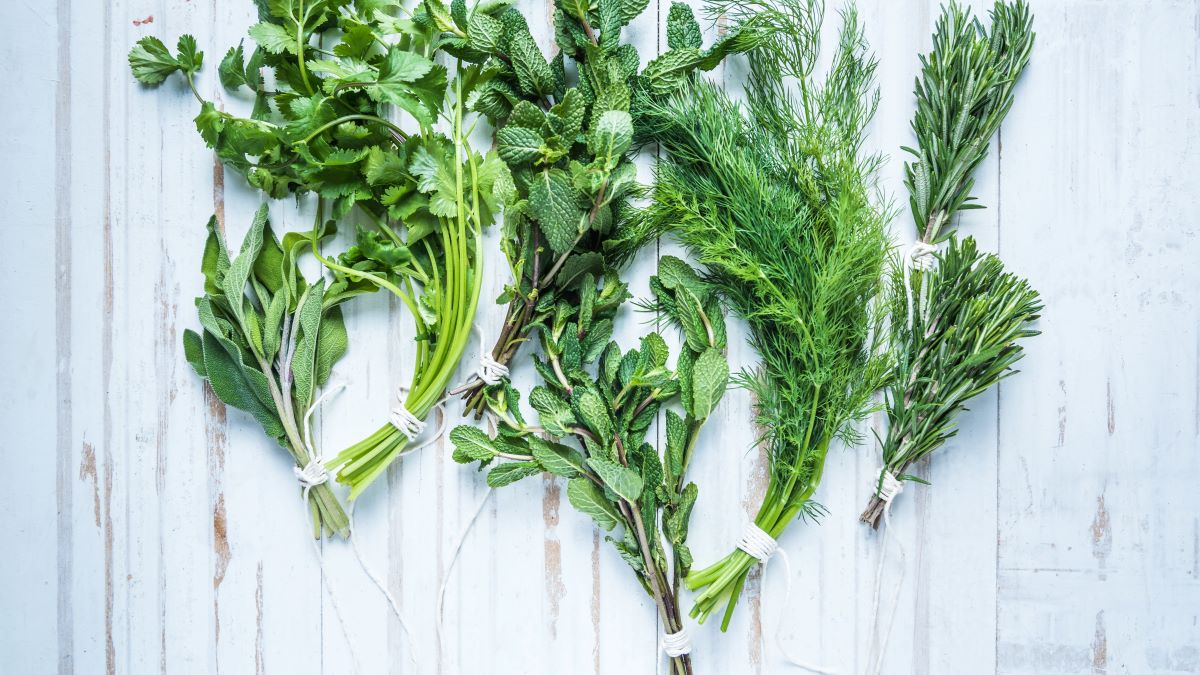
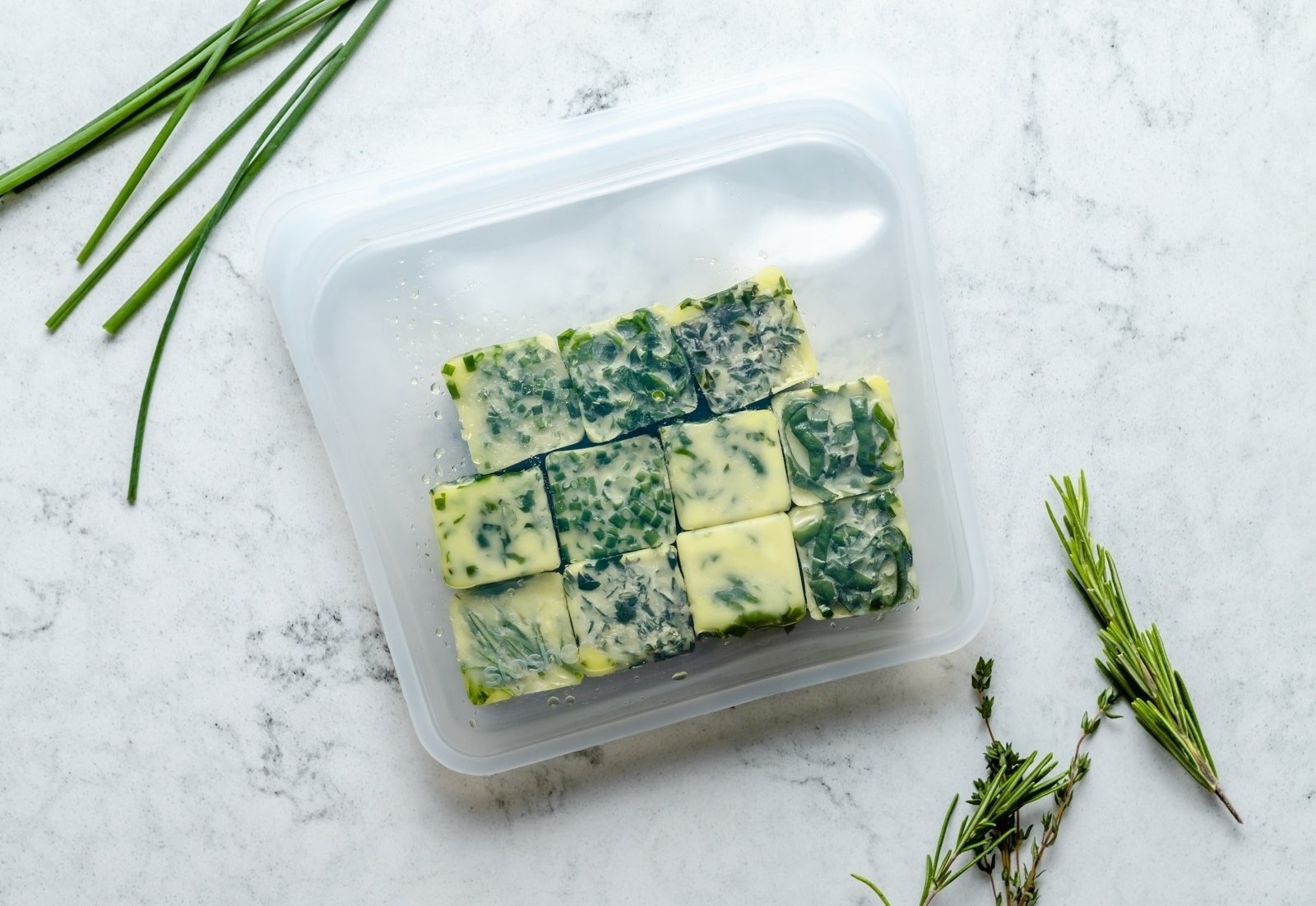
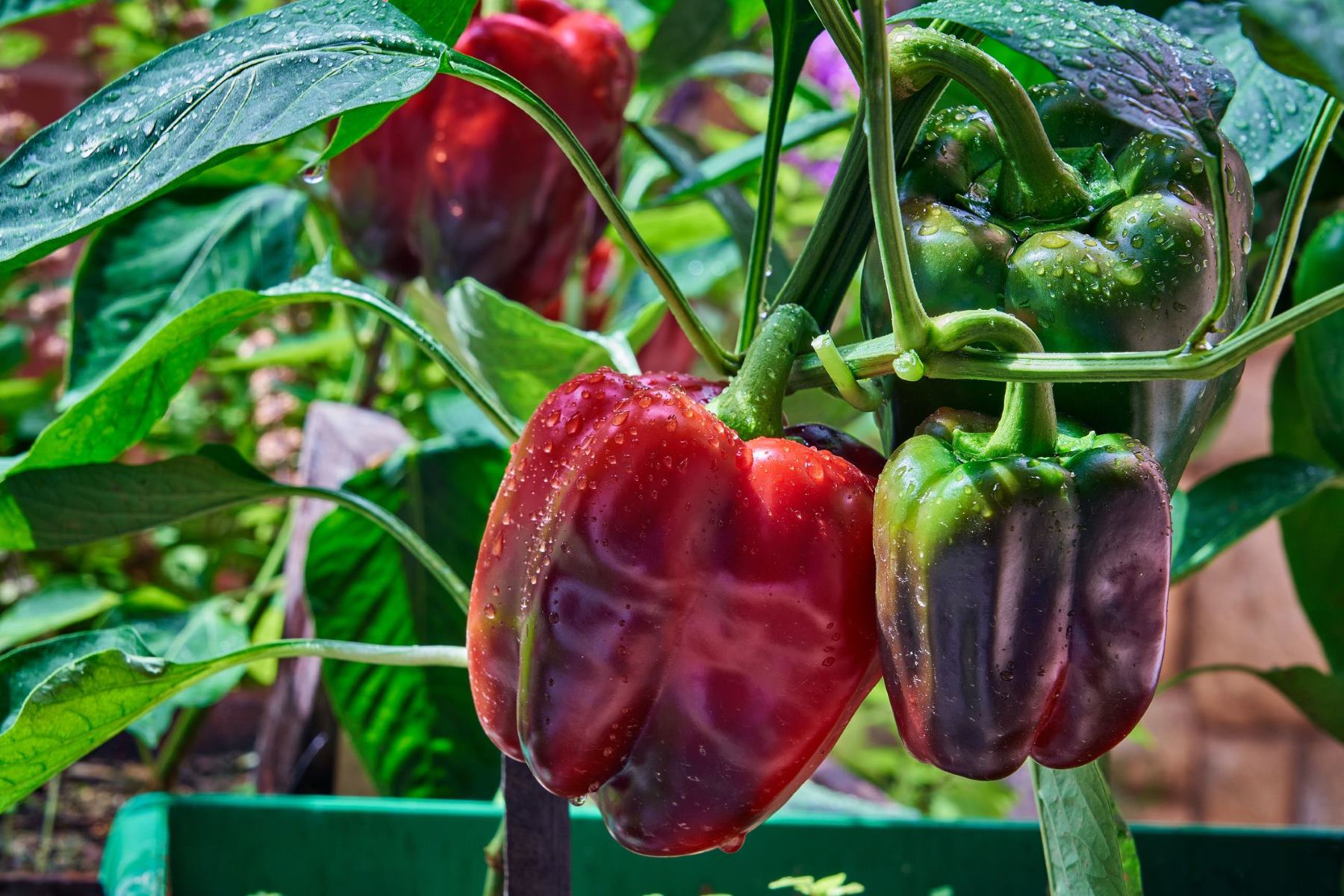
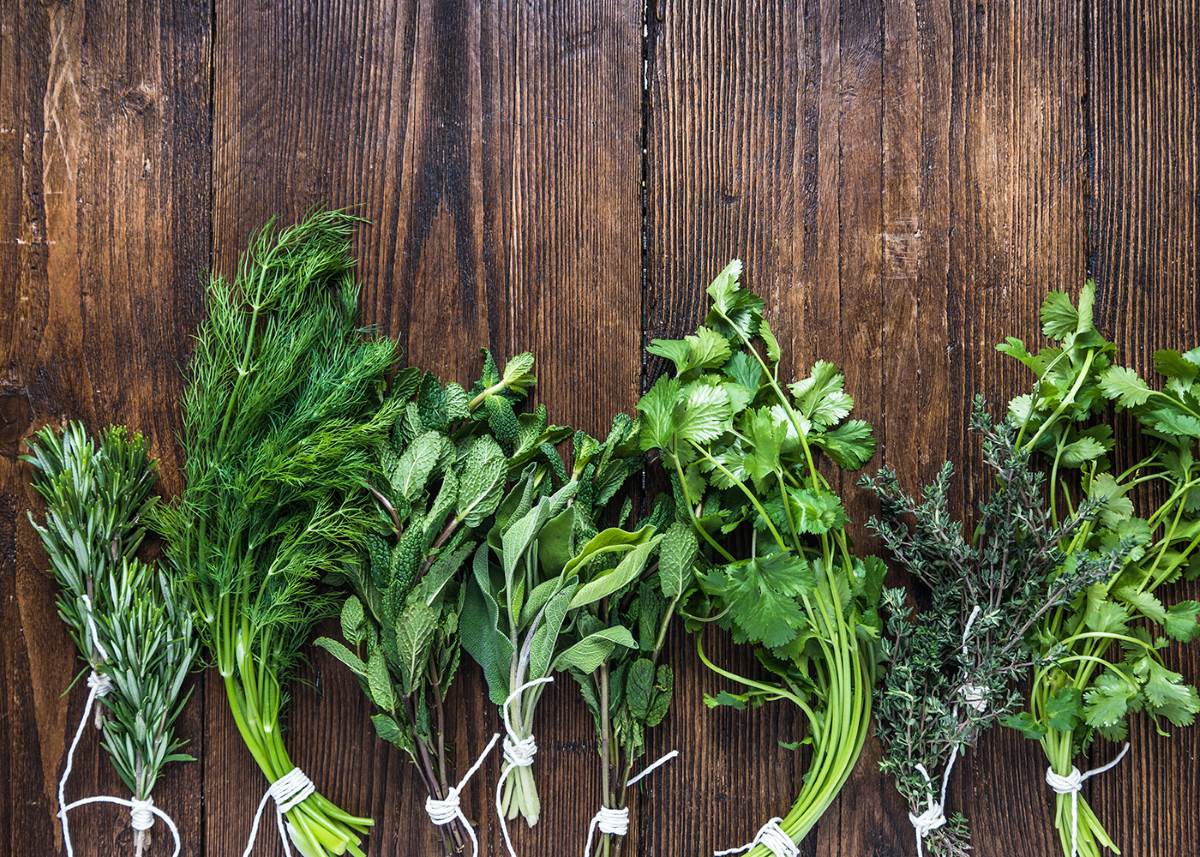
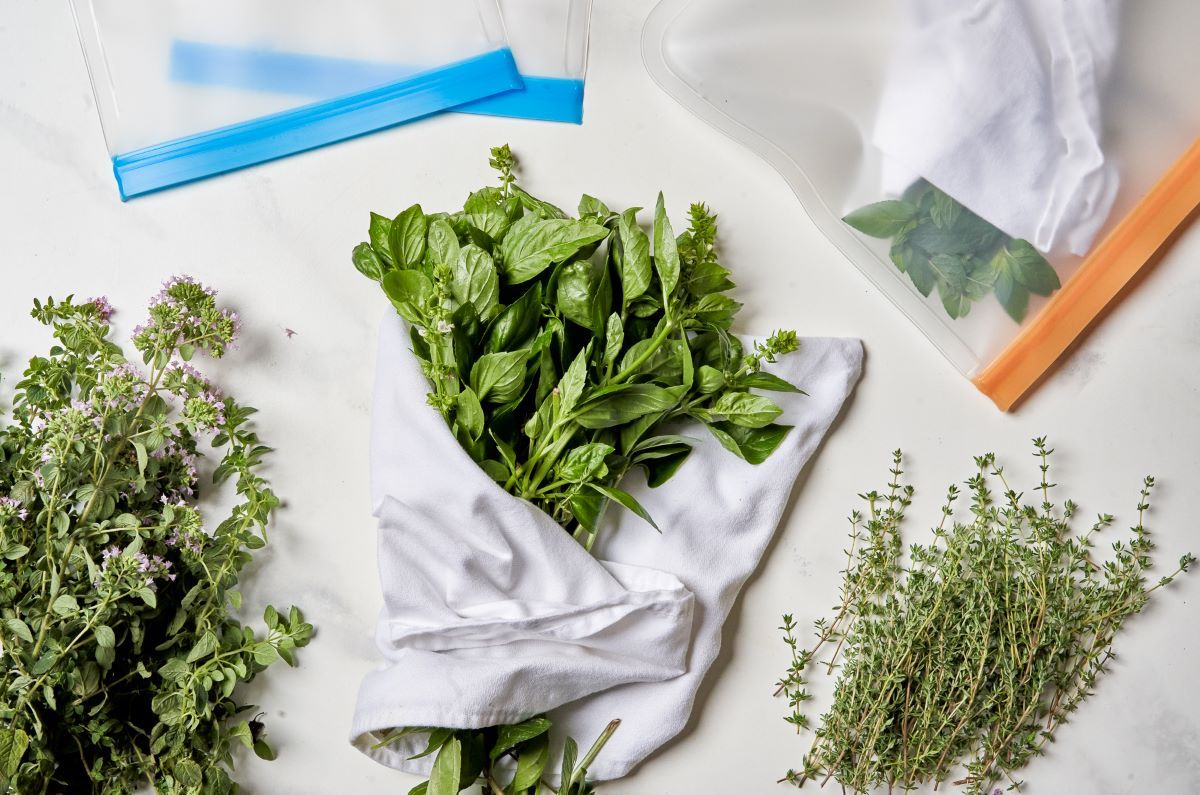

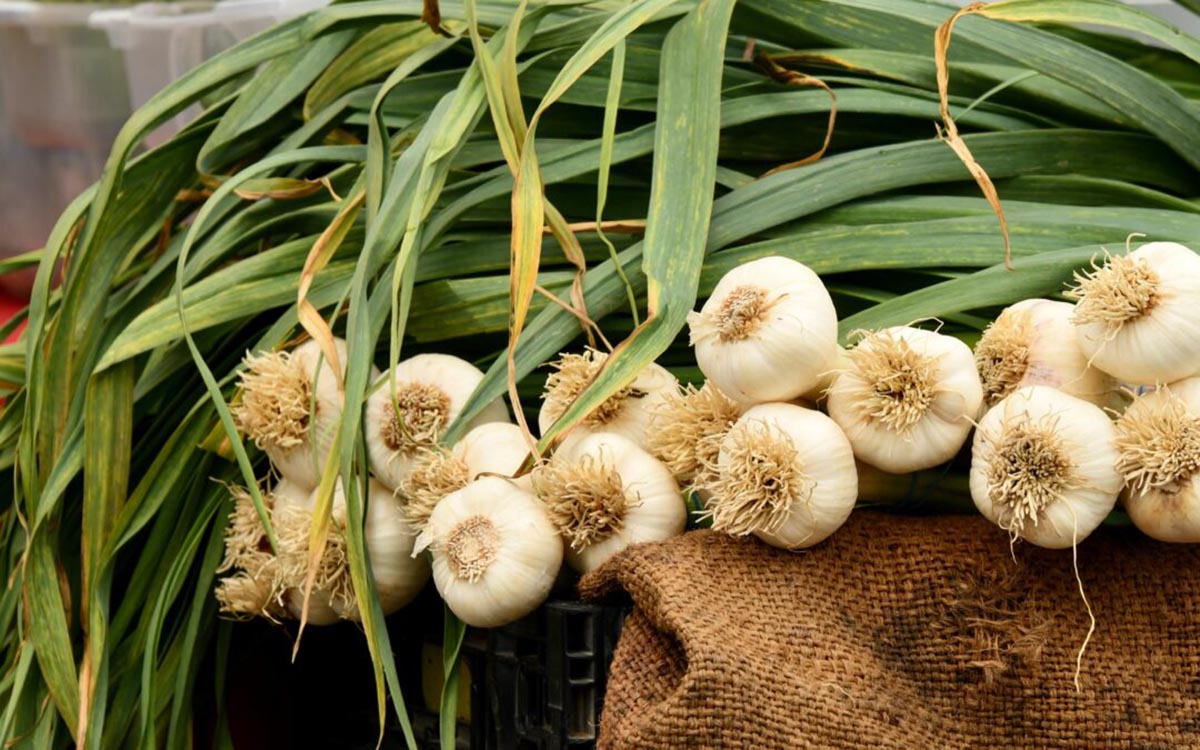
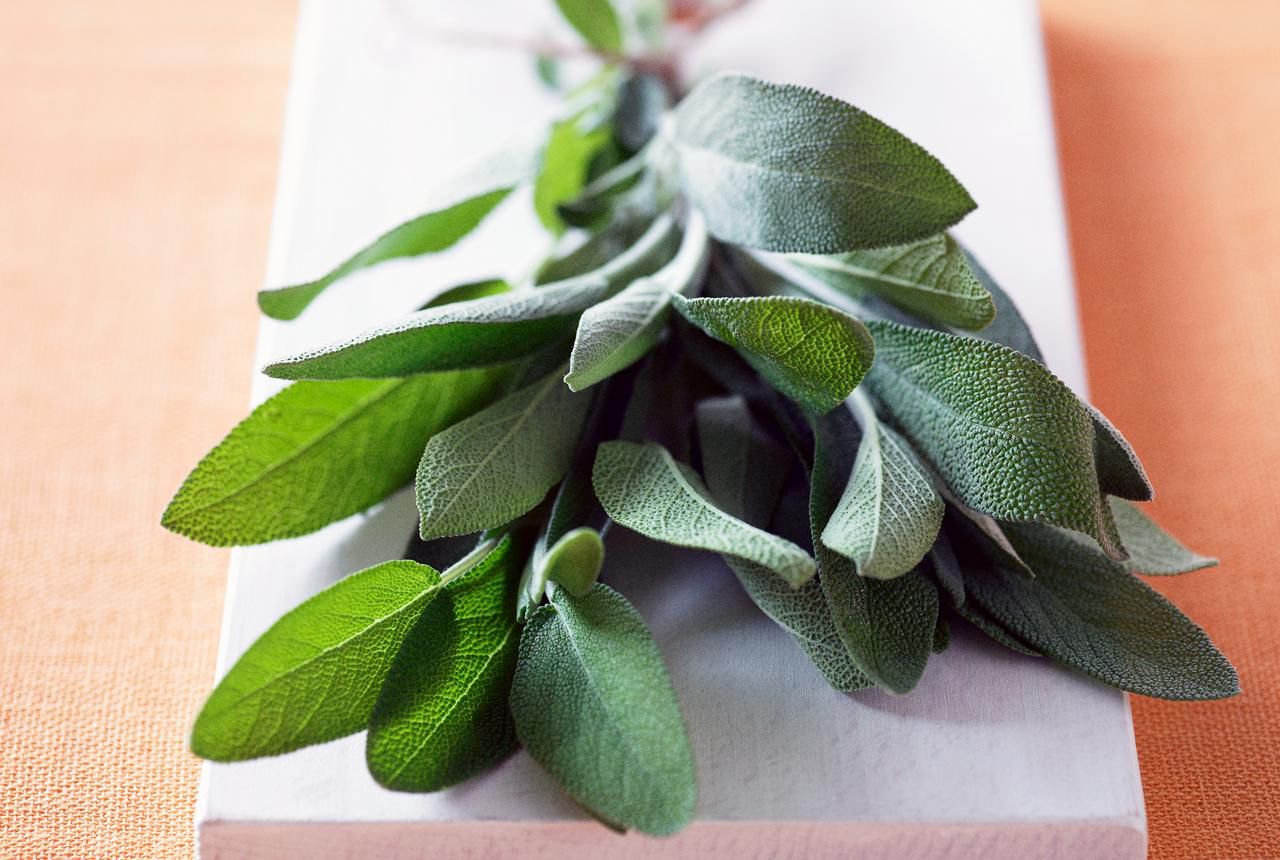
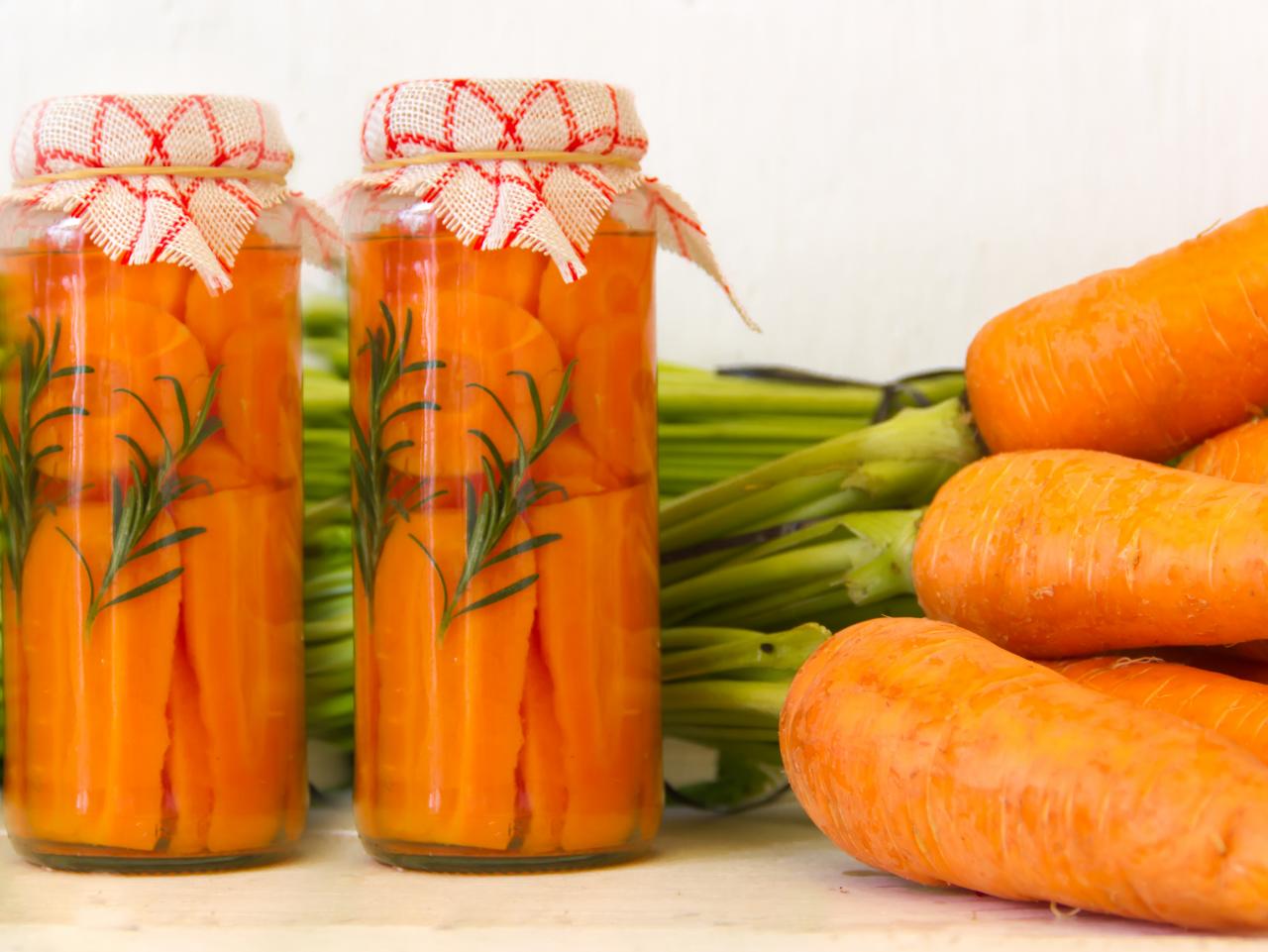
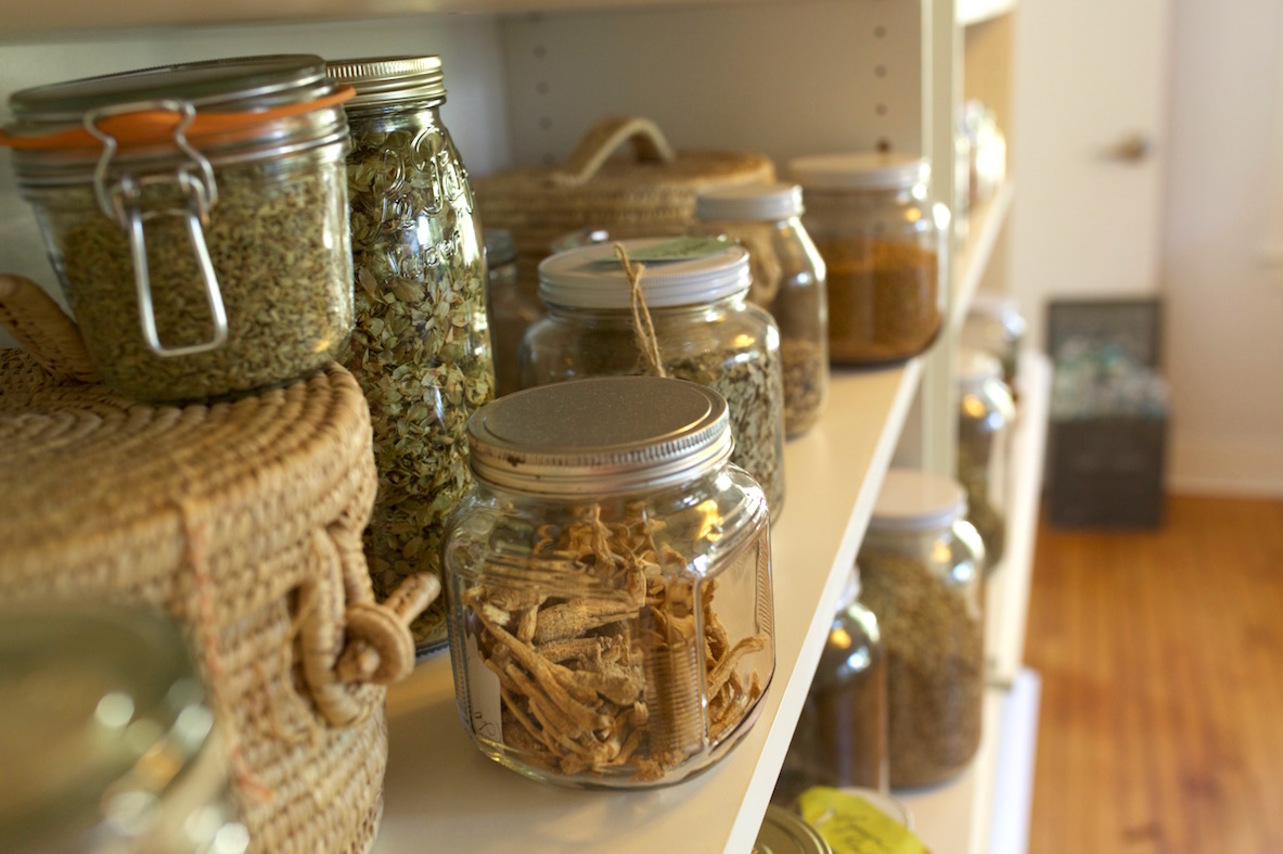
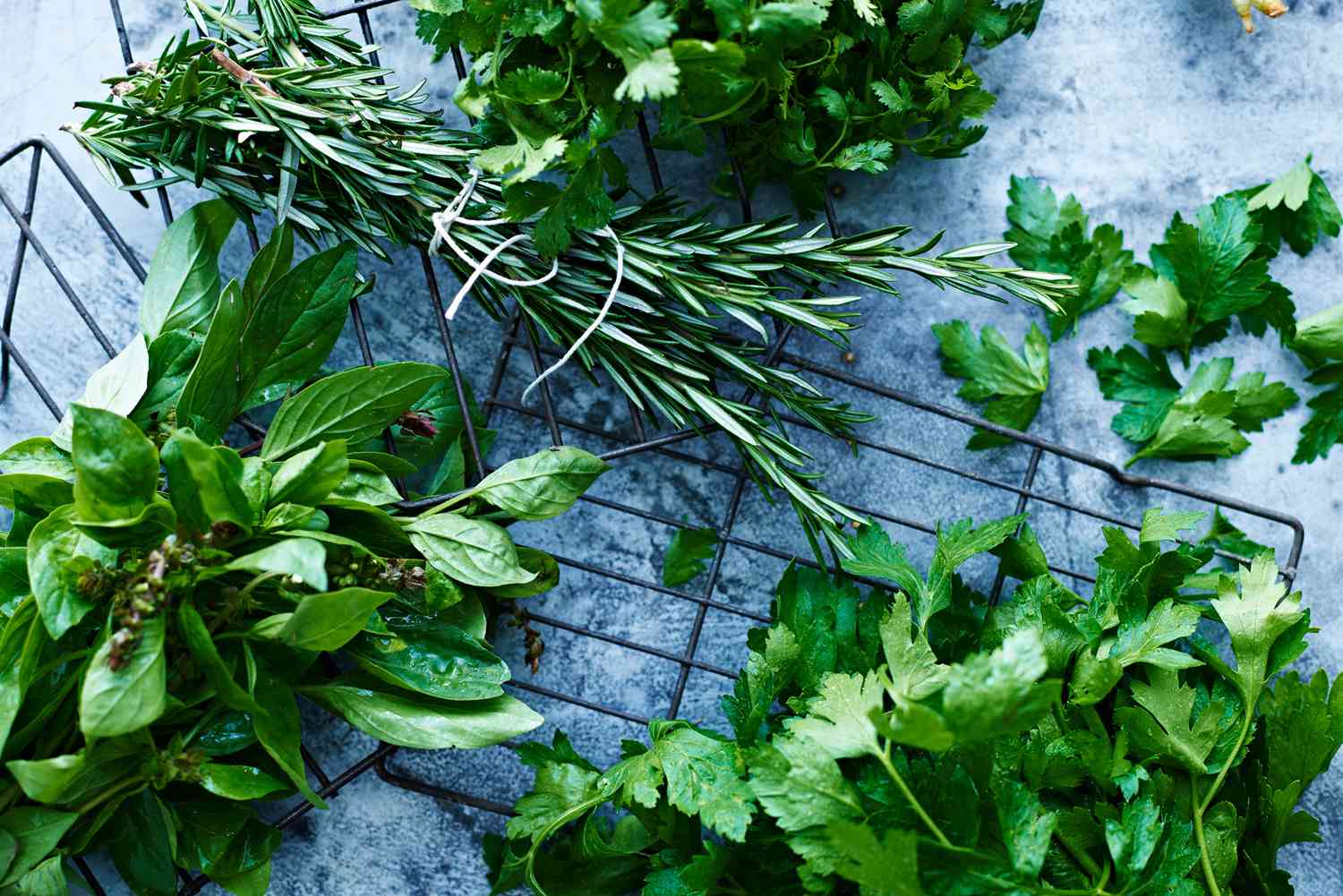
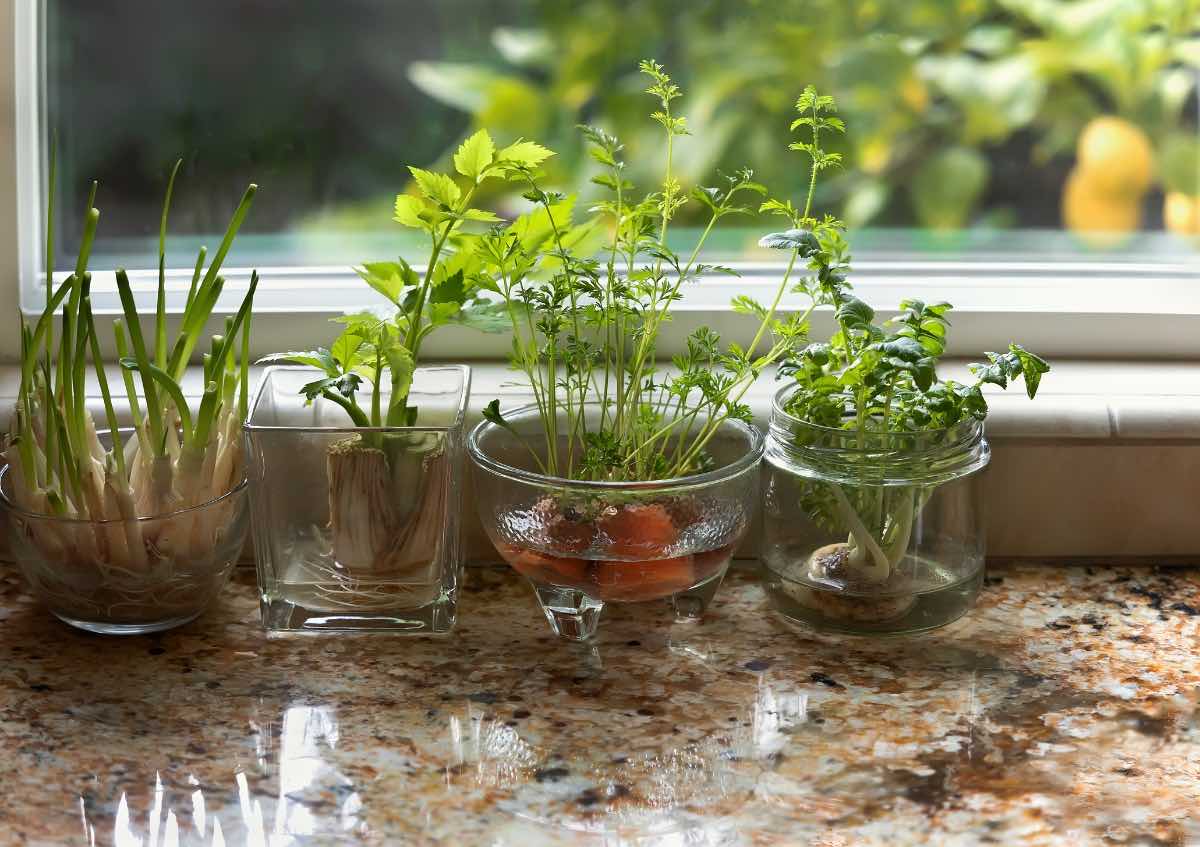

0 thoughts on “How To Store Fresh Herbs From Garden”